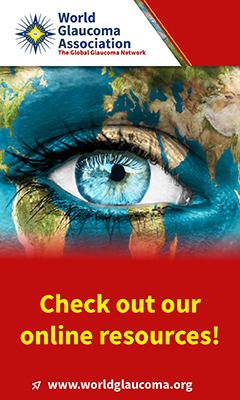advertisement

Abstract #104963 Published in IGR 23-2
Efficacy of a Novel Zig Zag Application Pattern for Micro-Pulse Trans-Scleral Cyclo-Photocoagulation for the Management of Glaucoma
Sami A; AboulNasr TT; El-Shahed AFJournal of Glaucoma 2023; 32: 382-388
PURPOSE: To evaluate the clinical outcome of Micro-Pulse Transscleral Laser Cyclophotocoagulation with Zig Zag mode of application in adult glaucomatous patients. METHODS: A prospective single arm clinical trial included a series of 34 eyes of 30 consecutive patients who underwent MP-TSCPC with Zig Zag technique at a private ophthalmology center. The trial was conducted from March 16,2021 to April 12,2021. Patients who had at least 6 months of follow-up were included. MP-TSCPC probe was moved for 2 mm perpendicular to a line 3 mm parallel to the cornea. This aims to cover the largest circumference of the area supposed to hinder the cilliary body. The probe is moved over three quadrants for 90 seconds for each quadrant (total 270 sec). TREATMENT SUCCESS: Defined as an intraocular pressure of 6 to 21 mmHg or a reduction of IOP by 30%. Failure was defined as an inability to meet the criteria for success or need for retreatment. RESULTS: The mean age of involved patients was 52.9 (± SD 3.9) years old. The mean IOP before MP-TSCPC was 37.47 (±SD 11.08) mmHg which was significantly reduced to 17.7(±SD 7.4) mmHg in the last follow-up visit at 6-months. Number of medications showed significant reduction from mean 3.44(±SD 0.99) to 1.91(±SD1.26) in the last follow up. Success rate was found to be 88% (30 out of 34 eyes) at the final follow-up, where 9 cases showed complete success (26.5%) while 21(61.8%) cases showed qualified success. COMPLICATIONS: Despite the relatively higher parameters used in our study, no cases reported postoperative complications apart from only one case of reduced visual acuity by one line. CONCLUSIONS: A Zig Zag mode of application effectively lowered intraocular pressure in glaucoma patients at 6 months with a low incidence of complications despite longer application time. Comparative studies to assess potential advantages of treating a larger area of ciliary body with this approach are needed.
Faculty of Medicine, Helwan University.
Full article
